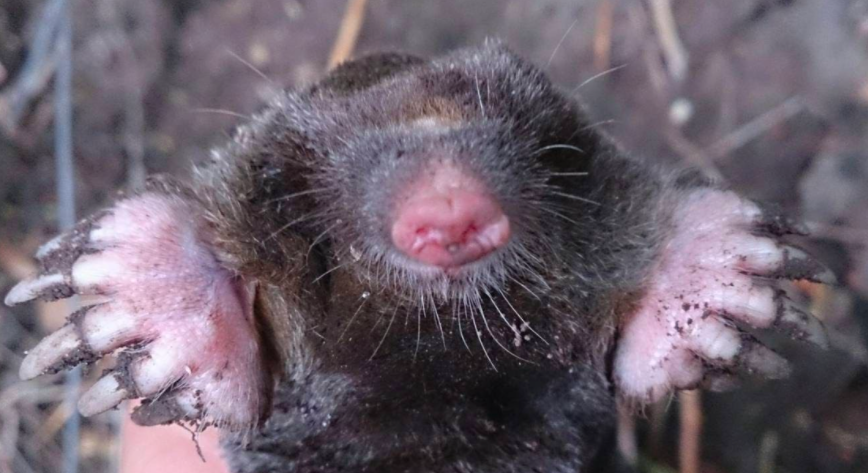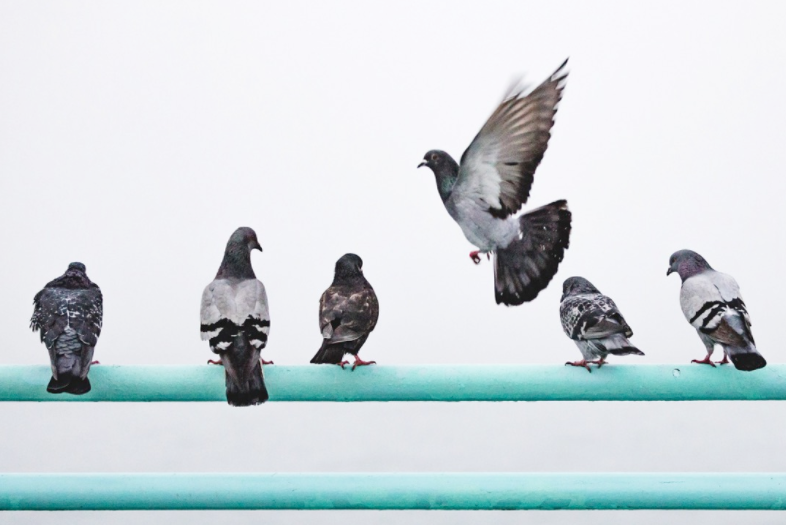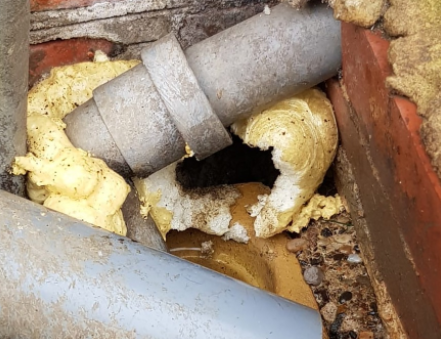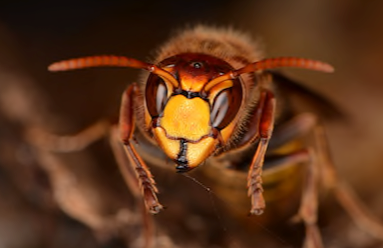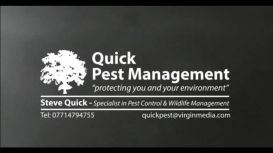
Quick Pest Management
Pest Control Company in Sheffield, South Yorkshire, S13 9XQ
About the Business
Quick Pest Management is an independent family-run company with over 25 years of experience in pest control and wildlife management. We pride ourselves on providing a fast, friendly and highly professional service to all our clients. We hold a wide range of qualifications from major organisations such as the British Pest Control Association, Royal Society for Public Health and Lantra. This provides the reassurance you need when looking for a company you can trust.
Business Services
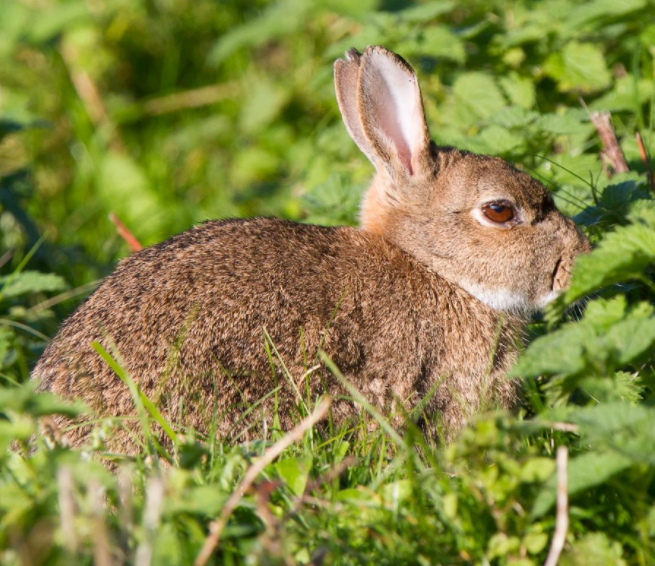
Location & Hours

Coalbrook Ave
Write a Review
-
Website
-
Email Address
-
Office
Quick Pest Management
-
Get Directions
Coalbrook Ave, Sheffield, S13 9XQ
-
Phone
